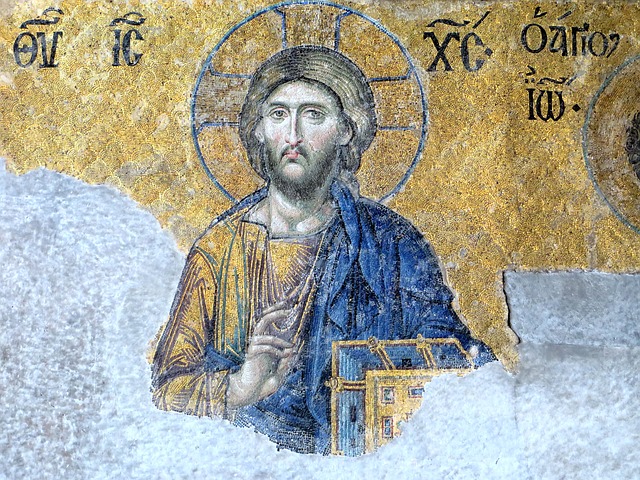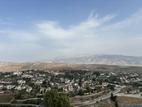A special mosaic that points to Jesus Christ's divinity is scheduled to be displayed in Israel.
The mosaic, known as the 'God Jesus Christ' mosaic, is considered one of the earliest-known testaments to early Christian belief regarding Christ's divinity. It was discovered in 2005 after a team from the Israel Antiquities Authority and the University of Tel Aviv stumbled upon it while exploring the grounds under Megiddo Prison in northern Israel where they found one of the oldest-known Christian houses of worship.
According to the report from Haaretz, the mosaic dates back to 230 AD and bears three Greek inscriptions with one saying: 'The god-loving Akeptous has offered the table to God Jesus Christ as a memorial.' Akeptous, studies show, is believed to be a woman who contributed her table to the local Eucharist celebrations.
According to Dr. Yotam Tepper of the University of Haifa and leader of the excavation team, the mosaic may likely have been a part of a prayer hall in the Christian home. It is said that homes such as the one discovered were always in the center of Christian communities before churches were built in the fourth century after Roman emperor Constantine converted to Christianity.
The mosaic also had images of fish, a common symbol of old Christian teachings and also known as the 'Icthys'. As an acronym, it could form the initial letters for the phrase: 'Jesus Christ, Son of God, the Saviour.'
The discovery of the mosaic and the location may also provide new data with regards to how Romans treated the early church. Currently, it is said that Romans were hostile towards Christian groups with only a few remaining tolerant to the new faith.
Tepper remarks 'Here, the Romans had Christian officers. The persecution may have been exaggerated later in the telling. But certainly, the tails do not reflect the complexity of the reality, which is that there were Christians in the Roman army.'
Further studies also added that the mosaic may have been donated by a Roman centurion named Gaianus, who is also known as 'Porophrius, our brother.'
The site, Megiddo Prison, is currently being cleared of inmates to protect the site and create an archeological tourist attraction. The site also has the remains of the Christian home where the mosaic was located, several Roman encampments and seven flour mills which were created in the Ottoman era.








